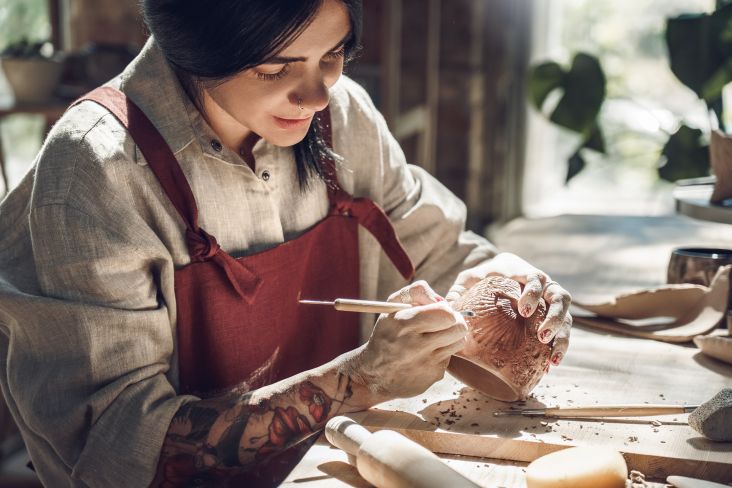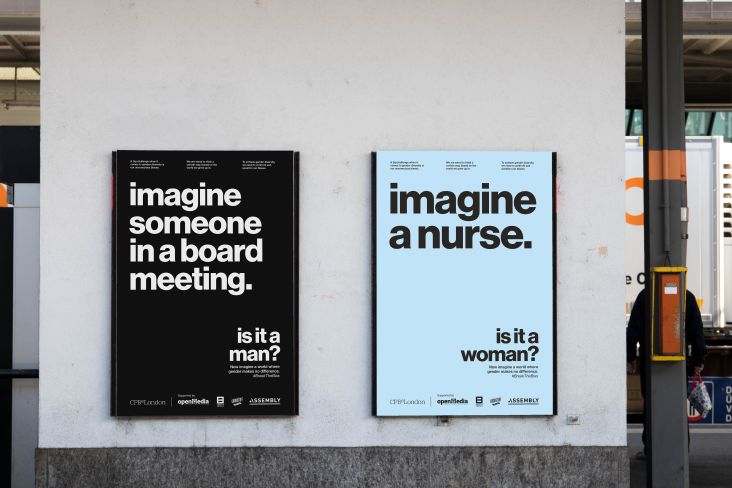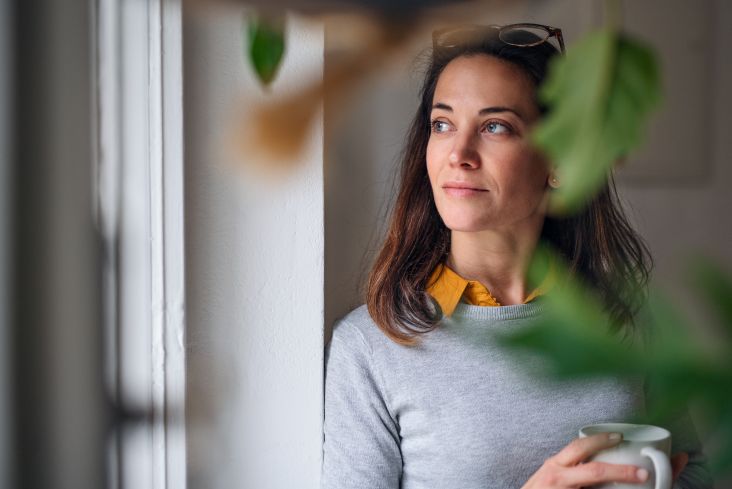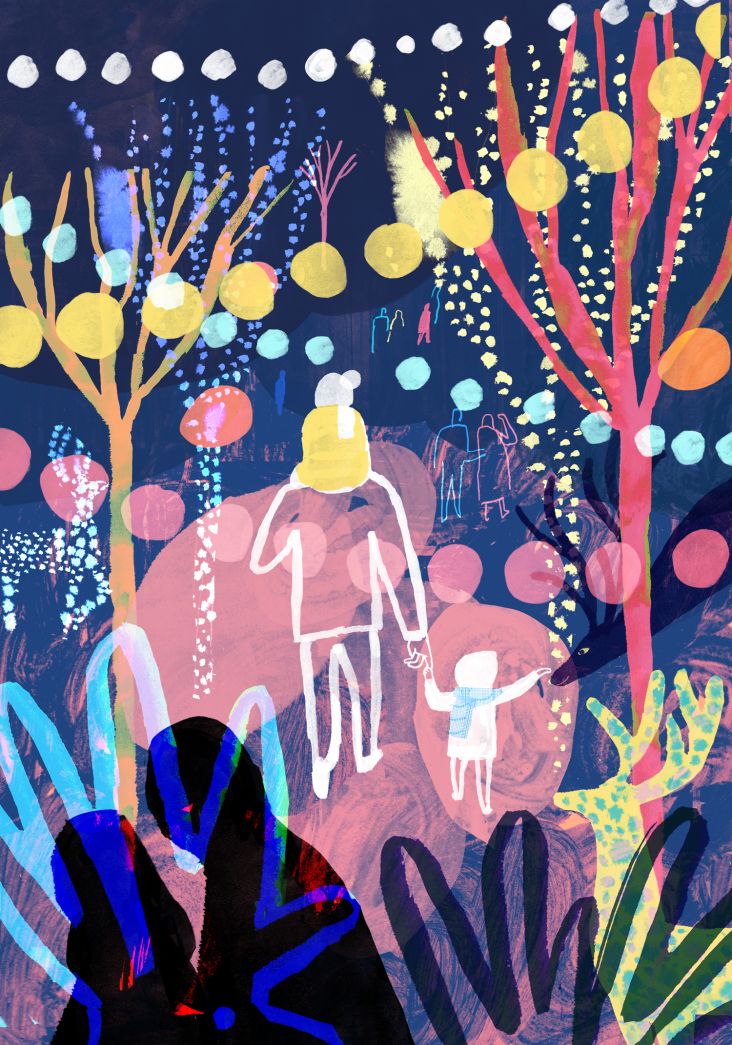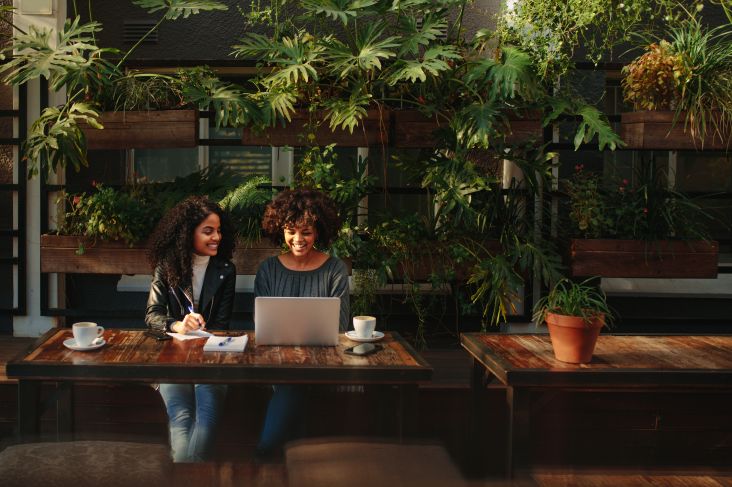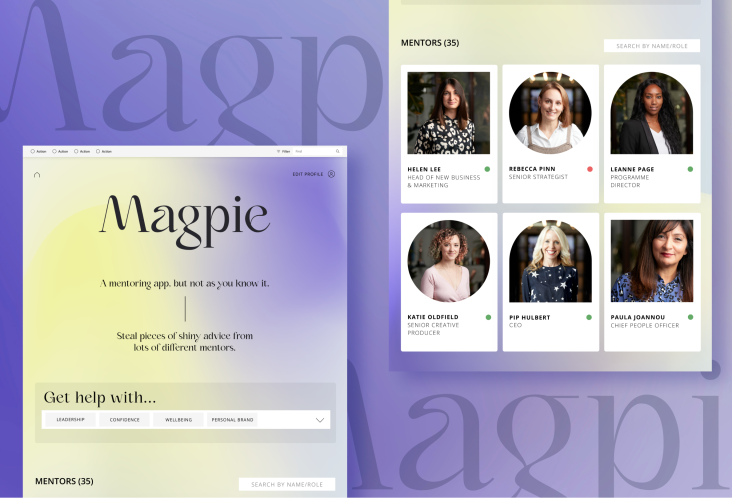Challenges facing women in the 2022 design industry, and how to overcome them
In 2022, the design industry likes to think of itself as an enlightened, liberal, open-minded place where everyone is equal and judged purely on their abilities. But on International Women's Day, it's time to call BS. While the profession may have come a long way from the crass sexism of the Mad Men era, we're still a long way from true gender equality.
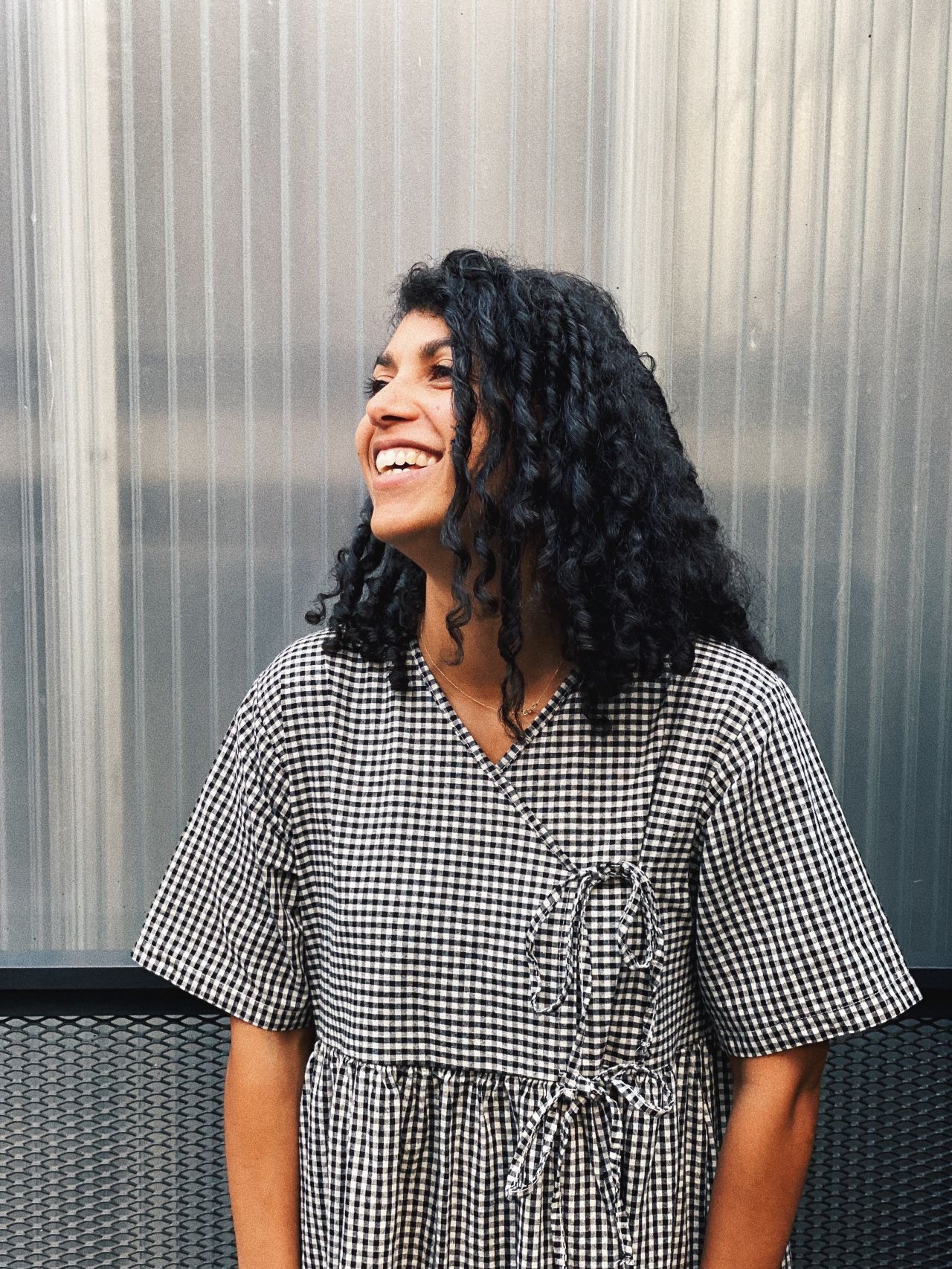
Coralie Carré
So what are the challenges facing women in the design industry today, and what can we do to overcome them? In this article, we give a voice to women up and down the profession. They share their open and honest views about their experiences, offer their advice to others in the struggles they face, and suggest ways that things can be improved going forward.
1. Combating subtle prejudice
Within the 2022 design industry, it's safe to say that – in most places at least – prejudice against women isn't as overt as in the past. But that doesn't mean it doesn't exist. People still make assumptions based on gender; it's just that those assumptions are much more subtle. In fact, the people making them might not even know they're doing so.
"Managing how we're perceived is a big challenge," says Natalie Redford, creative strategist at Leeds based strategic branding agency Robot Food. "What I mean are the inherent associations put onto us that are out of our control. And hopefully, for the most part, are unintentional."
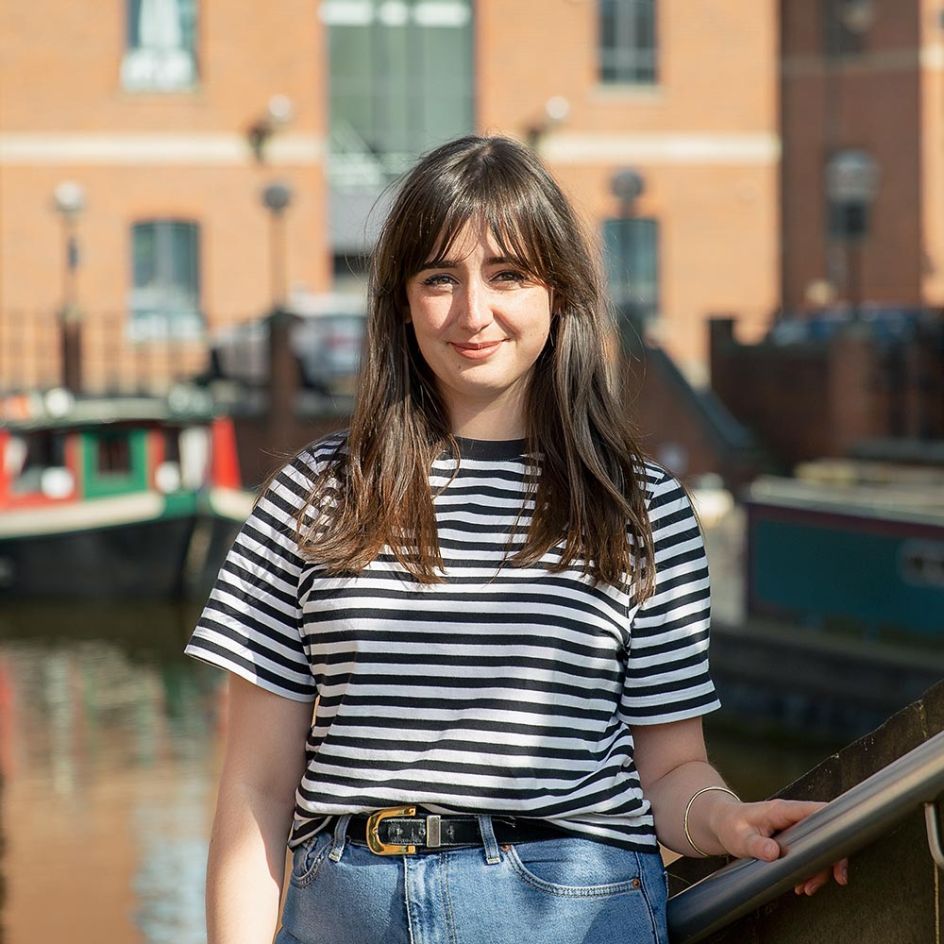
Natalie Redford
She gives a few examples most of us will recognise. "When you're younger, the classic example is being asked to get the coffees or food orders in when the clients arrive – regardless of your job title. It might not seem like a big deal but think about the outdated trope that reinforces. Then you hit child-bearing years (shudder), and your buckets are 'career gal', 'mother' or 'trying to have it all'. Finally, there's the danger of becoming the 'disappearing woman'. Older age and – dare I speak of it – menopause calls into question your relevancy. There just isn't the same baggage weight for our male counterparts."
The way people's individual qualities are described often vary depending on whether they're a man or woman. "Are you ambitious, or are you bossy? Are you single-minded or pushy? Quietly confident or a shrinking violet?"
Natalie's advice? "Eff all that! Don't let anyone pin you down into something you're not. The most important tool you have is your voice, so use it. Make yourself heard in a way that feels genuine to you, and learn to trust your gut. Say what you mean, ask for what you want, and let your brilliance shine – or reach out for help if it needs a little polishing. Most importantly, use it to question these double standards and talk to others.
"I feel lucky to work in an environment where having a voice is championed," she adds, "but also to have a support network of friends, colleagues and all-out talented ladies that listen to and encourage each other."
2. The battle for true equality
Day-to-day interactions are the most obvious signs our society hasn't yet reached gender equality. But that's just the tip of the iceberg, and there are wider issues to be tackled, too, points out Sally Tarbit, director at creative branding and communications agency The Team.
"Reflecting on International Women's Day, I felt slightly uneasy because the same, recurrent challenges raise their heads year after year," she says. "Challenges like poor maternity leave and pay force a decision between work and childcare. The constant need for competitiveness. The fight to be heard in the boardroom – the list goes on."
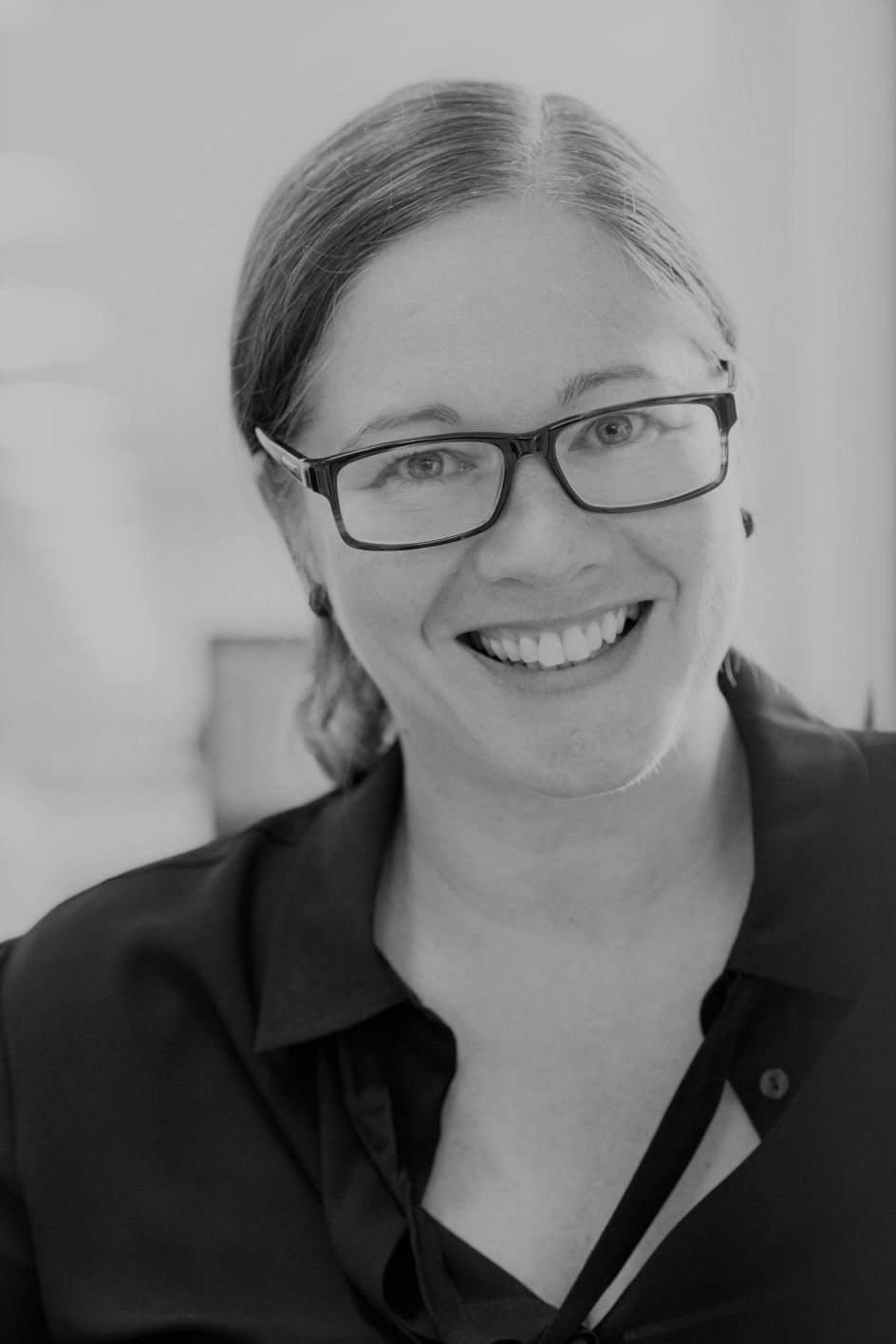
Sally Tarbit
In short, the path to true gender equality still feels like a long one. "With all that in mind, I'm sat here wondering if I have done enough to drive progress, make the change happen and change the situation," says Sally. "So maybe the challenge is actually to myself. As a leader in the industry, I want to make sure I make the time to help turn the tide and ensure that IWD 2022 has a different agenda."
She offers the following advice to anyone struggling. "First, find your allies. Most men get it – they're good people who are acutely aware of gender equality and the need to address it. But the main challenge is empathy, understanding what it's like to walk in our shoes, and vice-versa. So, take time to explain and reframe an issue from your point of view. Persevere until you get the room to listen. As I have, you'll soon find out who wants to help, not hinder.
"Second," she continues, "stop being so damn modest. As women, I think it's one of our biggest issues. Get comfortable with taking the credit. Step forward and bask in the limelight when you've done something brilliant. Shout about it when you've discovered something game-changing. Stand up and stand out, even if it feels uncomfortable and, dare I say it, selfish to do so." And if those around you don't listen? "Well, just take your ideas to people who will – there are plenty out there."
3. The lack of strong role models
One of the biggest challenges women face in the design industry of 2022 is finding strong role models, says Jessica Katona, creative director at San Francisco-based boutique brand strategy and design studio Landscape.
"I had strong women role models in design school, but not as many in my professional career, which is a shame, she says. "As I've grown into a leadership position, I try to lead by example and support the many women – designers, writers, illustrators, producers – I'm fortunate to collaborate with at Landscape."
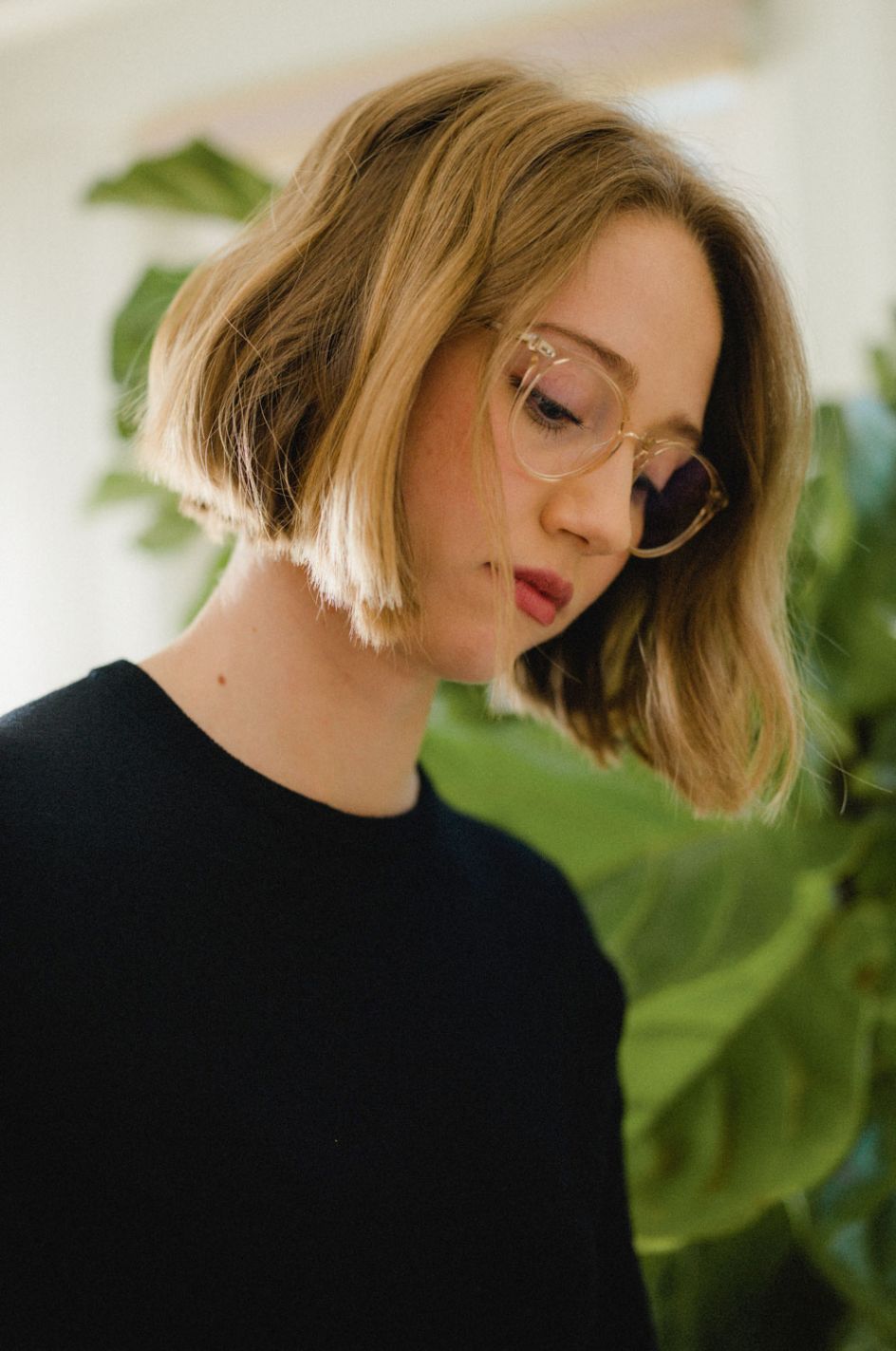
Jessica Katona
Coralie Carré, design director at London based design and brand studio ShopTalk, points out that the current limitations of diversity create somewhat of a vicious circle. "The sheer lack of women in high-level positions undoubtedly impacts the view of where your career will go, even before entering the design industry as a young female designer," she notes.
Yes, progress has been made, but more is still needed. "While it's amazing to celebrate when female colleagues and peers access director roles or create their own studios, the fact we can name them proudly shows they are still an exception," says Coralie. "Within design businesses, there remain structural obstacles that women have to face, whether it is salary parity or 'one size fits all' development paths that hinder their chances of promotion. Like in many creative industries, there's a disconnection between the women eager to be part of an industry that claims to be progressive and what the industry actually is."
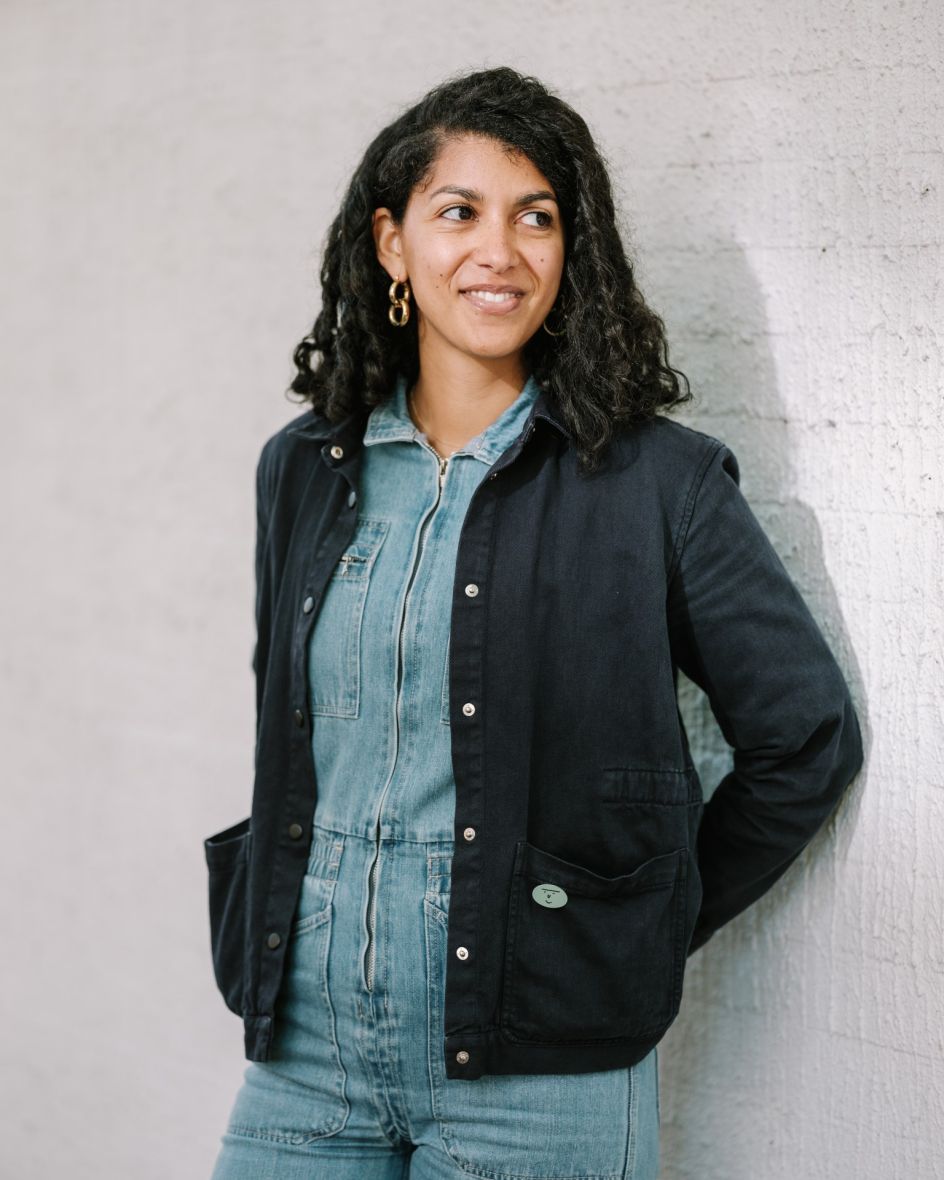
Coralie Carré
So why are women still so underrepresented in senior creative positions? "The myths that have historically shaped the space – the male 'creative' or 'technologist' as the ideal designer – are still present, shaping job descriptions and expectations of skills and work styles," says Malex Salamanques, director at global cultural and creative consultancy Space Doctors. "In this way, the pay gap is still very real.
"Being a woman and a designer is a double disadvantage in some contexts, especially outside Europe," she adds. "There are also still a lot of stigmas around maternity and menopause in the workplace, leading to both assumptions and misconceptions about what we need, and especially what we can offer, during these life-changing stages."
So what's the way forward? "The industry has seen a real emergence of female voices and talents, and I truly celebrate this," says Malex. "Yet, there is still space for promotion and making essential a different set of skills that normalise intuition and alternative forms of leadership. There is a real need to create intersectional support structures for female designers, re-imagining, creating and leading the way to more ethical, sustainable and diverse design practices and business."
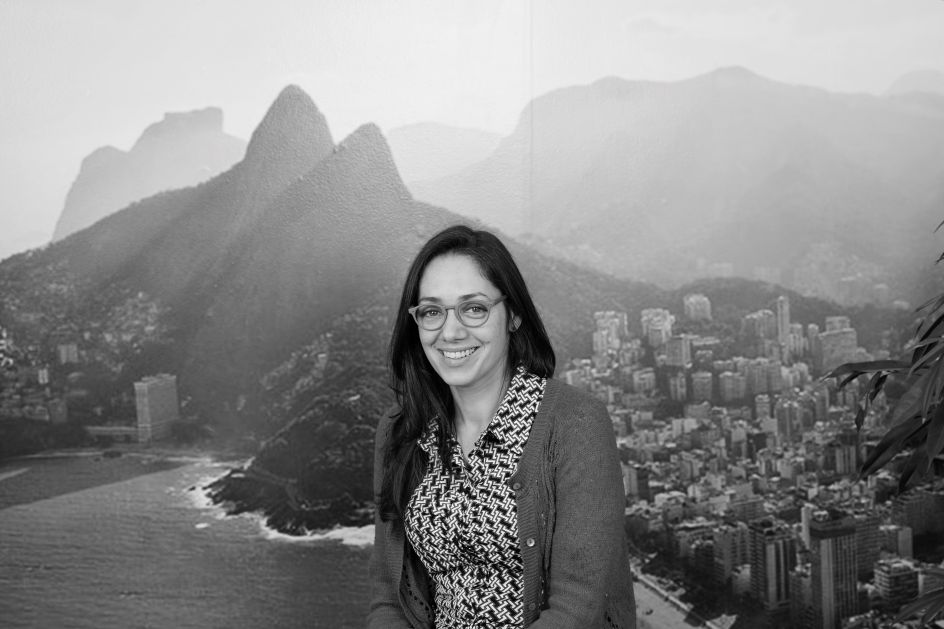
Malex Salamanques
Malex's advice, then, is "to talk openly about our needs and aspirations, to look for and give advice and support to other women in the industry, creating a network to debunk preconceived ideas".
4. Diversity beyond gender
Of course, when it comes to equality in the creative industry, it's not just about gender. "For me, from art school to a professional context, the lack of diversity – colour and background, to name only two – has been and remains a continual issue," says Coralie. "While more tools for inclusion exist, this is something we should and can actively address day to day."
A diversity-based recruitment strategy is only a part of the solution. "The key to real progress is in the creation of an inclusive environment with aware, supportive and mindful leadership and colleagues," she says. "So designers from diverse backgrounds feel welcome and can express themselves. This will always lead to a better and richer work environment and, in fact, better design and creativity that resonates with the world you are designing for."
Coralie offers the following advice to others: "Create your own circle of fellow creatives, and keep the conversation going," she says. "It's important that everyone feels empowered to tackle those issues. While the progress can feel slow, there are many opportunities for a change that can only happen with the support of others. The difficulties come in different forms, and we need to understand and address them beyond our own experience."
More broadly, Jessica points out that the struggle for diversity goes hand in hand with our work as creative professionals. "As designers, we're solving problems for everyone, so we need a diversity of perspectives and voices in the room," she reasons. "If we want to design a better world, we need to invest in all people and provide mentorship, opportunities, and recognition to those who haven't gotten it historically."
5. The stigma surrounding the menopause
In the 2022 design industry, we like to think that we're relaxed enough to discuss everything in our lives open and honesty. But there's a glaring exception to that rule, says Kellie Chapple, chief operating officer at Bulletproof.
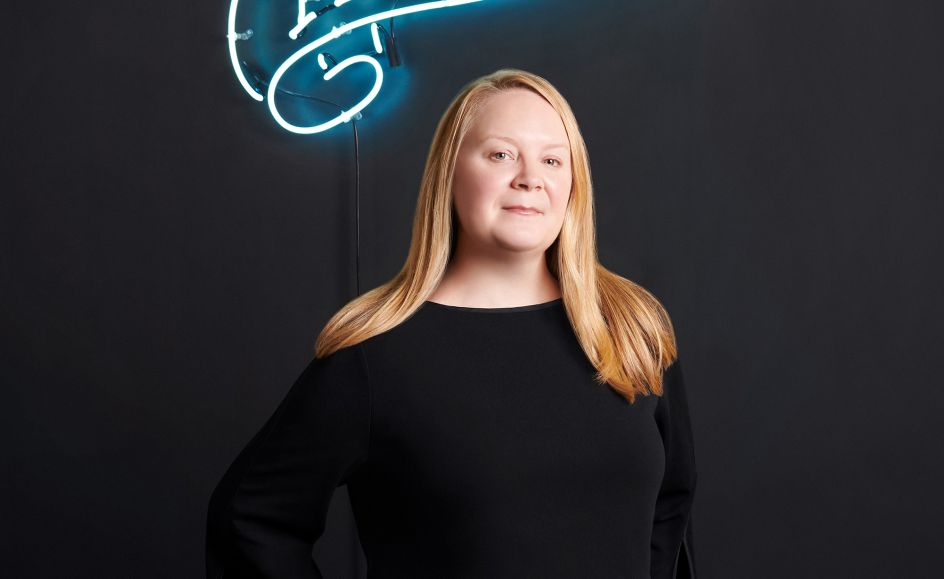
Kellie Chapple
"Women continue to face multiple challenges working in creative industries, but one that many will eventually have to navigate is menopause," she says. "Alongside the physical challenges that this time can bring – from personal experience, that's hot flushes and brain fog! – the stigma around talking about menopause at work just adds to the problem. I certainly can't remember a colleague ever mentioning what they were going through."
This is especially hard when working within male-dominated creative industries, she notes. For example, Creative Equals' data shows 75% of creative women have a male boss, and just 12%-16% of creative directors across design, concept and film are female.
"This has arguably contributed to menopause staying a taboo subject, compared to the likes of periods and fertility. Because we're already in a gender-imbalanced environment, it can be seen as a sign of weakness if we let on that we're struggling."
However, Kellie believes that one positive change since the pandemic is that we're becoming more open with one another. "On a personal level, the fact that we're more accepting has helped me to navigate my ever-changing physicality while I learn to cope with the symptoms," she says. "Refreshingly, this growing openness has also hit the mainstream, with menopause awareness organisation GenM recently releasing a nationwide campaign on the importance of understanding the menopause and the effects it can have on those going through it, which was supported by 42 major brands."
So what's her advice to others going through menopause within the design industry of 2022? "Adjust your working day based on how you're feeling," she says. "Allowing yourself to be flexible is key. It's also important to show vulnerability. Menopause is one of life's unknowns, and it's very different for everyone, so be open and honest. That way, others will know that's it's okay to be ourselves at work."
In the long term, creative agencies need to establish and evolve their menopause policies, Kellie believes. "It's vital that the creative industries support those going through the menopause by diversifying the sector from top to bottom, so that those affected feel comfortable in sharing their experiences around the menopause, not allowing it to hinder their careers."


















